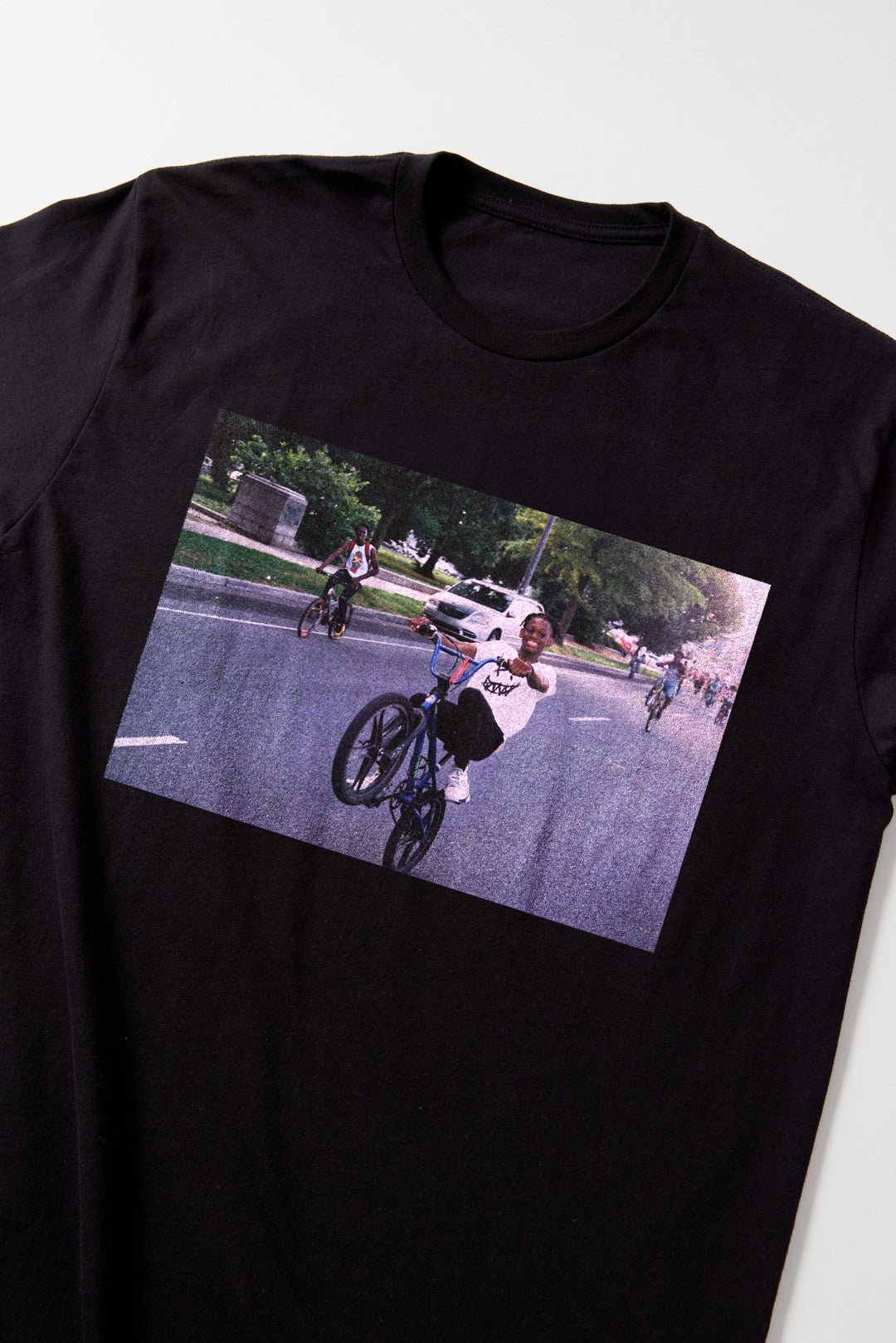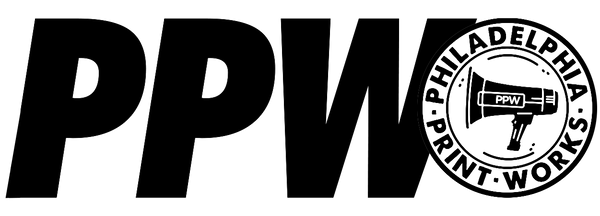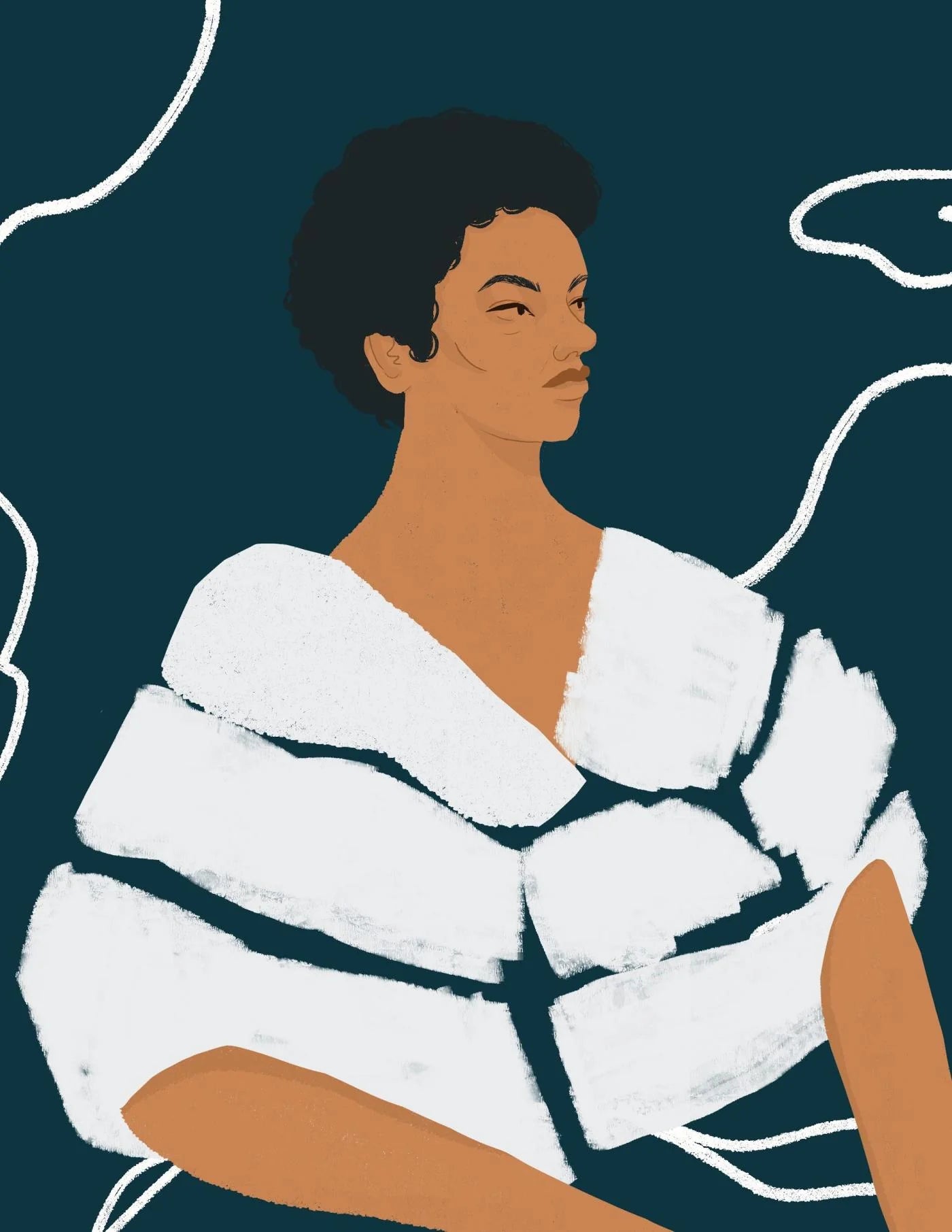WORDS: RONALD E. LYNCH, JR | ART: LOVEIS WISE | EDITOR: MYLES E. JOHNSON
Black folks have to be twice as good just to be considered for half of what white folks get.
There isn’t a moment of my childhood that was not touched by some version of this well-repeated, well-meaning and culturally-internalized proverb. It is a dictum that has certainly undergirded the work-ethic of generations of Black Americans to push us to aim for success by, in most cases, demanding that we be nothing short of perfect. And within each era of Black life in America, being “twice as good” has been defined by varied iterations of survival against whiteness.
For our enslaved ancestors being twice as good meant avoiding compounded violence by being so skilled and innovative that those who claimed ownership over their bodies valued them more alive than they did physically mutilated, dead or bartered away for goods. For those born under the many movements towards civil rights and equality, being twice as good meant being so pious that their non-violent response to state glorified terrorism seemed to battle America’s conscience for the very souls of her patriots. For other factions within this same era, being twice as good meant knowing that the only freedom that existed is the freedom you took. For the current iteration of Black survival in America being twice as good means, not only continuing and challenging these legacies but fundamentally understanding that the notion of being twice as good is, as Toni Morrison describes, ultimately a “distraction” from where we have been wanting to arrive.
Ultimately, demarcating blackness away from queer intersections is to align what would be left of Black identity with whiteness.
Black liberation has been forestalled by a spell of paranoia around being distracted because Black-Americans have long-toiled under the slipperiness that prioritized white frivolity over Black life. In other words, there lives a history embedded within us that has repeatedly seen first hand how ego-driven power, domination, greed, and male-centered leadership has worked as gatekeepers to access and precision--a precision that is needed to escape and destroy the hold of our oppressors. That is why in any given discussion on race it is easy to find cisgender, heterosexual Black men and then women, desirous of revolutions, find accusations that charge other Black folks with choosing their intersections before their race. We, the already Othered, are charged with being skinfolk, but by no means are we regarded as kinfolk.
I find a pity for Black folks who refuse to see themselves by refusing to see the TLGBQIA+ as native to our community. Because at the crux of their hatred lives a infested idea of anti-blackness. Or as Robert F. Reid-Pharr explains: “To strike the homosexual, the scapegoat, the sign of chaos and crisis is to return the community to normalcy, to create boundaries around blackness, rights that white men indeed are bound to recognize.” Ultimately, demarcating blackness away from queer intersections is to align what would be left of Black identity with whiteness.
More nuance is needed around Black homophobia in similar ways that the framework of misogynoir gave a fuller understanding of the experiences of Black women at the intersections of racism and misogyny.
Whiteness, particularly in an American context, has always seen Black identity as an exaggerated version of itself. We were never men or women to whiteness, we were things that needed to be reformed after the gods white men made of themselves. The tropes of the savage, the mandingo, the mammy, the jezebel, and Sapphire didn’t die with emancipation, but instead twisted and turned and lied its way into the minds of Black folks who have been trying to uphold perfection by being twice as good to what white folks might think of them. The freedom of gender, sexuality, and sensuality are what they sacrifice to surpass the goodness of whiteness; but as basic arithmetic tells us, “a negative times a positive is still a negative.” Because to become intimate with a white lie is to leave yourself open enough to the idea that it might, in some distant way, be true. Or to echo Uncle Jimmy, “...you can only be destroyed by believing that you really are what the white world calls a nigger.”
That is why discussions about innate queer antagonism in the Black community or statements that misrepresent Black folks as being more homophobic or queer-antagonistic never seem productive because they never seem precise. Yes, Black people have to address and eliminate their queer antagonism if we are to ever find liberation but to properly address Black homophobia we have to be honest about who it ultimately belongs to. More nuance is needed around Black homophobia in similar ways that the framework of misogynoir gave a fuller understanding of the experiences of Black women at the intersections of racism and misogyny.
Likewise, investigating homophobia within the Black community will require us to look more keenly at the racialized versions of sexuality, gender, and gender expression that have been handed-down to us. These skewed renderings were spawned to ensure that our collective conscious understood our worth or accessibility to goodness was measured in our ability to be productive. To see ourselves clearly, we must work through the lingering effects of colonization that has continuously limited our access to the full range of the human experience and work within ourselves to reclaim it. So for those of us who are fighting Black homophobia and to those living in it, we have to understand that our battle is against whiteness and not each other.
Defeating homophobia within the Black community does not require that Black folks be twice as compassionate or caring to be even with whiteness. It does not even require that we work harder. It only requires that we take the things that we have often been denied: time and space, to work through the queer-antagonism embedded in us by the same powers that embolden the cruelty of whiteness. It is with this examination that we will find truer versions of ourselves. Versions that we can imagine on the path towards Black liberation.


